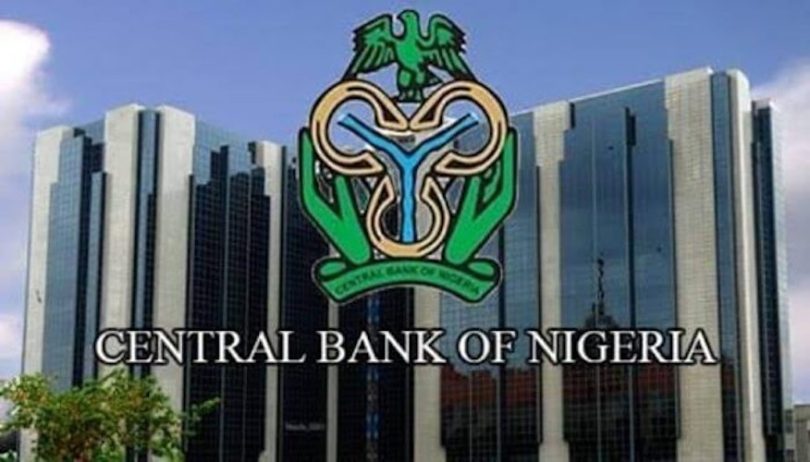Bank deposits with the Central Bank of Nigeria (CBN) under the Standing Deposit Facility (SDF) surged to a historic record of N3.5 trillion on Wednesday, a day after the apex bank cautiously eased its Monetary Policy Rate (MPR), also known as the benchmark interest rate.
The SDF is a monetary policy tool that allows banks and other deposit-taking institutions to place their excess liquidity with the CBN overnight and earn interest, without providing collateral.
According to CBN data, the SDF rose from N2.55 trillion on Tuesday to N3.5 trillion on Wednesday, representing an increase of 38.34 percent in just one day. On a year-on-year basis, banks’ deposits with the CBN jumped by 164 percent, or about 10.12 times, compared to N348.8 billion recorded on September 24, 2025.
“The rise in deposits to the CBN is an excess liquidity issue,” said Tilewa Adebajo, chief executive officer of The CFG Advisory. He explained that banks currently hold more funds than they can deploy under acceptable risk-return conditions. According to him, this reflects a cautious stance by banks, given the weak credit appetite arising from high lending rates and elevated risks in the economy. “How many people can borrow at 40 percent?” Adebajo asked.
The CBN data further revealed that banks have not tapped the CBN’s Standing Lending Facility (SLF). The central bank deploys both the SDF and SLF to control liquidity in the financial system, manage interest rates, and ensure overall monetary stability.
The CBN, on Tuesday, delivered its first rate cut in five years, reducing the policy rate by 50 basis points to 27.0 percent, following a more notable pace of year-on-year disinflation in August. To improve monetary policy transmission, the corridor around the MPR was narrowed to +/-250 basis points, from the previous +500/-100 basis points.
Read also: How CBN’s measures slow inflation for fifth straight time
With this adjustment, the rate on the SLF was lowered to 29.5 percent, down from 32.5 percent, while the rate on the Standing Deposit Facility was reduced to 24.5 percent from 26.5 percent, according to Razia Khan, managing director and chief economist for Africa and the Middle East at Standard Chartered Bank.
In addition, the Monetary Policy Committee (MPC) reduced the Cash Reserve Requirement (CRR) for commercial banks to 45 percent from 50 percent, while retaining the CRR for merchant banks at 16 percent. However, the committee introduced a 75 percent CRR on non-Treasury Single Account (TSA) public sector deposits, designed as a tightening measure to mop up excess liquidity from fiscal injections.
Commenting on the development, Ayokunle Olubunmi, head of Financial Institutions Ratings at Agusto & Co, said, “I guess it’s the outcome of the special CRR that was introduced at the last MPC meeting.” He noted that this adjustment would reshape banks’ deposit mobilisation strategies, shifting their focus more towards private sector funds rather than public sector funds.
Analysts at FBNQuest also noted that they anticipate a gradual recovery in credit expansion to the real economy, supported by the narrowing of the corridor around the MPR and the reduction in commercial banks’ CRR.
A report by Parthian Partners highlighted that system liquidity rose by N1.15 trillion on Tuesday, opening with a credit balance of N3.27 trillion. As a result, the Overnight Policy Rate closed flat at 26.50 percent, while the Overnight Rate fell slightly by three basis points to 26.92 percent.
According to Comercio Partners, the CBN’s latest move is aimed at reducing borrowing costs and stimulating private sector credit after more than two years of restrictive monetary policy. The easing comes at a time when Nigeria’s economy is showing signs of resilience, having expanded by 4.23 percent in the second quarter (Q2) of 2025, supported by recoveries in both oil and non-oil sectors as well as relative exchange rate stability.
Comercio Partners further explained that the shift from an asymmetric to a symmetric corridor around the MPR, now set at +250/-250 basis points, marks a deliberate change in monetary incentives. Compared with the July corridor of +500/-100 basis points, the new symmetric structure reduces both the upper bound, which sets the CBN’s lending rate to banks, and the lower bound, which determines the deposit rate earned by banks. This move lowers borrowing costs while making it less attractive for banks to park idle funds with the CBN, thereby encouraging them to channel more liquidity into lending to the real economy.

